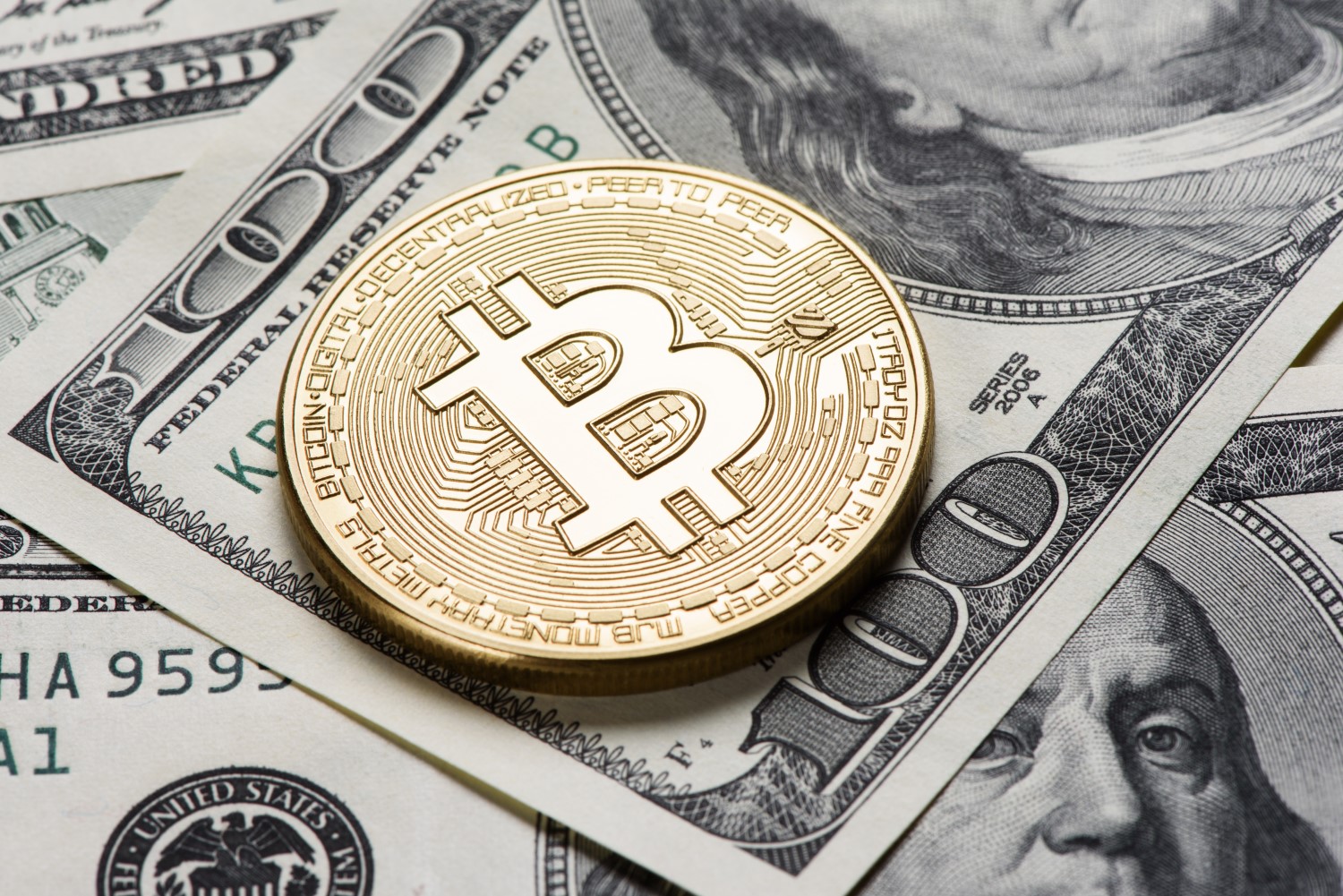The Crypto Miner Reckoning: No Fate but What We Make
:format(jpg)/www.coindesk.com/resizer/iW9xFlbmNTXJewgrssGajd8Az_U=/arc-photo-coindesk/arc2-prod/public/PRKD43ZFDZFMFM2QT2DCGTVDYY.jpeg)
Sam Tabar is Chief Strategist for Bit Digital, a Bitcoin mining company listed on NASDAQ (BTBT).
Remember the days when bitcoin (BTC) mining difficulty was still in the single-digit billions, there were almost as many bitcoins to be mined as there were in circulation and you could run a massively profitable operation with a rig of off-the-shelf [graphics processing units] and a civilian power outlet without so much as a yawn from regulators?
Yeah, those days feel like ancient history, even though they were less than a decade ago.
Samir Tabar is the CEO of Bit Digital.
Everything is harder about bitcoin mining today, from overhead cost to competition to the looming scrutiny of lawmakers and ire of climate activists. But there are still good days ahead if the industry revolutionizing finance can adapt to a new environment. These days call for a different kind of bitcoin mining business and a different kind of business leader. Everyone in the industry has a handful of months to decide if they’re up for the challenges of mining in a very different reality, and we all have a role in future-proofing bitcoin mining.
The Halvening is an endogenous challenge
“Halving” will cut the amount of bitcoin that can be mined from roughly 900 per day to 450, making the asset even scarcer while providing a deflationary measure to bolster it as a store of value. Bitcoin investors own bitcoin because they believe it will rise in value, and next year’s halving event – if history is any indication – may very well deliver this. In the past, bitcoin has rallied the year ahead of halvings; bitcoin rose by 19% in the 12 months leading up to its last halving on May 11, 2020, while the halving before that in 2016 saw a 142% increase.
Even a year out, bitcoin seems to be pricing in this next quadrennial event, rising roughly 25% since the beginning of March. Bitcoin hasn’t completely decoupled from traditional financial markets to the extent many in the space have hoped, and its current rally could just mirror passing relief in the stock market as war and inflation remain risks. Still, it’s nice to have a reprieve from all the post-FTX carnage fueled by the U.S. Federal Reserve aggressively hiking interest rates.
This same halving event that will likely increase bitcoin’s value will also decrease the profitability of mining. Fewer minable bitcoin means less profit. Rising costs of running operations create a bottom-line challenge, squeezing miners on both ends. Even sitting atop considerable bitcoin reserves, with a higher post-rally price and new underlying support levels for the asset, mining companies must prepare for a lower margin environment with reduced cash flow. This will make the miners who have run good, lean businesses with clean balance sheets and break miners who have only optimized for short-term gains.
Bitcoin’s price plummet in the second half of 2022 caused a cascade of bankruptcies of companies that took on too much debt and pursued high-priced growth, and a similar dynamic is likely on the horizon. Miners must prepare for the formulaic turbulence ahead by acting cautiously, keeping more cash on hand and making their operations leaner.
The mining industry can also mitigate our exogenous challenges
The halving will cut the amount of bitcoin that can be mined from roughly 900 per day to 450, making the asset even scarcer while providing a deflationary measure to bolster it as a store of value. Bitcoin investors own bitcoin because they believe it will rise in value, and next year’s halving event – if history is any indication – may very well deliver this. In the past, bitcoin has rallied the year ahead of halvings; bitcoin rose by 19% in the 12 months leading up to its last halving on May 11, 2020, while the halving before that in 2016 saw a 142% increase.
Even a year out, bitcoin seems to be pricing in this next quadrennial event, rising roughly 25% since the beginning of March. Bitcoin hasn’t completely decoupled from traditional financial markets to the extent many in the space have hoped, and its current rally could just mirror passing relief in the stock market as war and inflation remain risks. Still, it’s nice to have a reprieve from all the post-FTX carnage fueled by the U.S. Federal Reserve aggressively hiking interest rates.
This same halving event that will likely increase bitcoin’s value will also decrease the profitability of mining. Fewer minable bitcoin means less profit. Rising costs of running operations create a bottom-line challenge, squeezing miners on both ends. Even sitting atop considerable bitcoin reserves, with a higher post-rally price and new underlying support levels for the asset, mining companies must prepare for a lower margin environment with reduced cash flow. This will make the miners who have run good, lean businesses with clean balance sheets and break miners who have only optimized for short-term gains.
Bitcoin’s price plummet in the second half of 2022 caused a cascade of bankruptcies of companies that took on too much debt and pursued high-priced growth, and a similar dynamic is likely on the horizon. Miners must prepare for the formulaic turbulence ahead by acting cautiously, keeping more cash on hand and making their operations leaner.
There are good days ahead for sound, responsible businesses
Miners can control their own fate in the next cycle. Not only should asset creators have strong balance sheets, they must also resist the temptation to over-expand and take on unnecessary risk. Given how quickly market conditions can change with broader economic uncertainty and the fluid regulatory environment, it is important to remain conservative. Miners must build not for the peak of the cycle but for the middle, providing enough flexibility to thrive in the upcycles and comfortably survive downcycles.
Bitcoin miners can also take inspiration from rapid innovation happening across Web3 and identify ways to diversify revenue beyond pure mining. With toxic maximalism behind us, the Ethereum network presents a number of opportunities, including the flywheel model, wherein Bitcoin block rewards earned from mining can be converted into ether [ETH] and staked for rewards. Rather than simplistically regarding them as competitors, Bitcoin and Ethereum can work together to establish a future where prosperity is less reliant on cycles and regulatory whims.
By hedging our possibilities, remaining lean and nimble, and diversifying our revenue streams, miners will adapt to the next iteration of crypto and further establish ourselves as a crucial pillar of the crypto community. The responsibility to build and maintain a healthy industry is ours alone. Miners must do away with toxic maximalism, hold bad industry actors accountable and continue to demonstrate to the communities where we work that our businesses benefit them and the country.
Learn more about Consensus 2023, CoinDesk’s longest-running and most influential event that brings together all sides of crypto, blockchain and Web3. Head to consensus.coindesk.com to register and buy your pass now.
DISCLOSURE
Please note that our
privacy policy,
terms of use,
cookies,
and
do not sell my personal information
has been updated
.
The leader in news and information on cryptocurrency, digital assets and the future of money, CoinDesk is a media outlet that strives for the highest journalistic standards and abides by a
strict set of editorial policies.
CoinDesk is an independent operating subsidiary of
Digital Currency Group,
which invests in
cryptocurrencies
and blockchain
startups.
As part of their compensation, certain CoinDesk employees, including editorial employees, may receive exposure to DCG equity in the form of
stock appreciation rights,
which vest over a multi-year period. CoinDesk journalists are not allowed to purchase stock outright in DCG
.
:format(jpg)/www.coindesk.com/resizer/iW9xFlbmNTXJewgrssGajd8Az_U=/arc-photo-coindesk/arc2-prod/public/PRKD43ZFDZFMFM2QT2DCGTVDYY.jpeg)
Sam Tabar is Chief Strategist for Bit Digital, a Bitcoin mining company listed on NASDAQ (BTBT).









